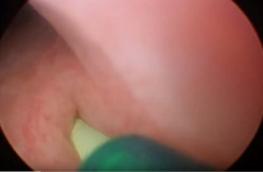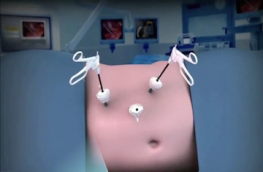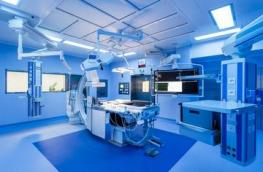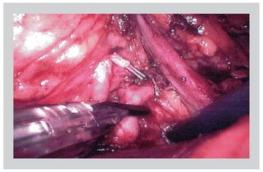Laparoscopic simultaneous procedures in urology
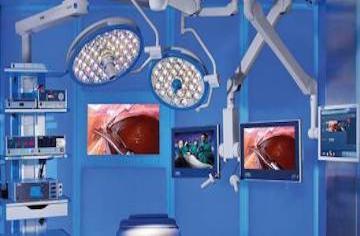
I.E. Khatkov, O.E.Dilanyan
EAES XVII Congress in Mexico.
Objective of the study: Simultaneous procedures allow the patient to be freed from two or more diseases and exclude the possibility of the recrudescence of the combined pathology in early post-operative period. The presented study estimates the efficacy and safety of the laparoscopic simultaneous procedures among patients having combined urological and surgical pathologies.
Methods and procedures: During the matches-paired design retrospective comparative study 92 cases were analyzed. The first group (Simultaneous) consisted of 46 patients, that underwent Laparoscopic simultaneous procedures for combined urological and surgical conditions. For the second group (Isolated) there were selected patients that underwent laparoscopic procedures for urological conditions only. While performing a selection the following parameters of the patients were kept the same for both groups: sex, age, basic pathology and the type of operation.
Results: Each group consisted of 25 women and 21 men. The average age of the patients was 55,7 for the first group and 55,6 for the second group. Average duration of the operation was 227 minutes for the first group and 160 for the second group. Mean blood lose – 137 ml and 128ml, respectively. Mean postoperative day – 8,9 and 8,8, respectively. Intraoperative complications– 4,34% and 4,34%, post-operative complications - 8,7% for the first group and 10,9% for the second group. There were no intraoperative or post-operative complications arising from the simultaneous stage in the main group. No statistically significant differences in the post-operative laboratory findings (such as RBC, Hgb, Leu, Lypmh, Protein, Bil, Crea and Amy) were made.
Conclusions based on the results: Performance of the simultaneous stage is accompanied with the increase of the procedure duration, and is not followed by the magnification of the intraoperative bleeding or number of complications. Simultaneous procedures for urological patients with combined surgical conditions are effective and safe.



